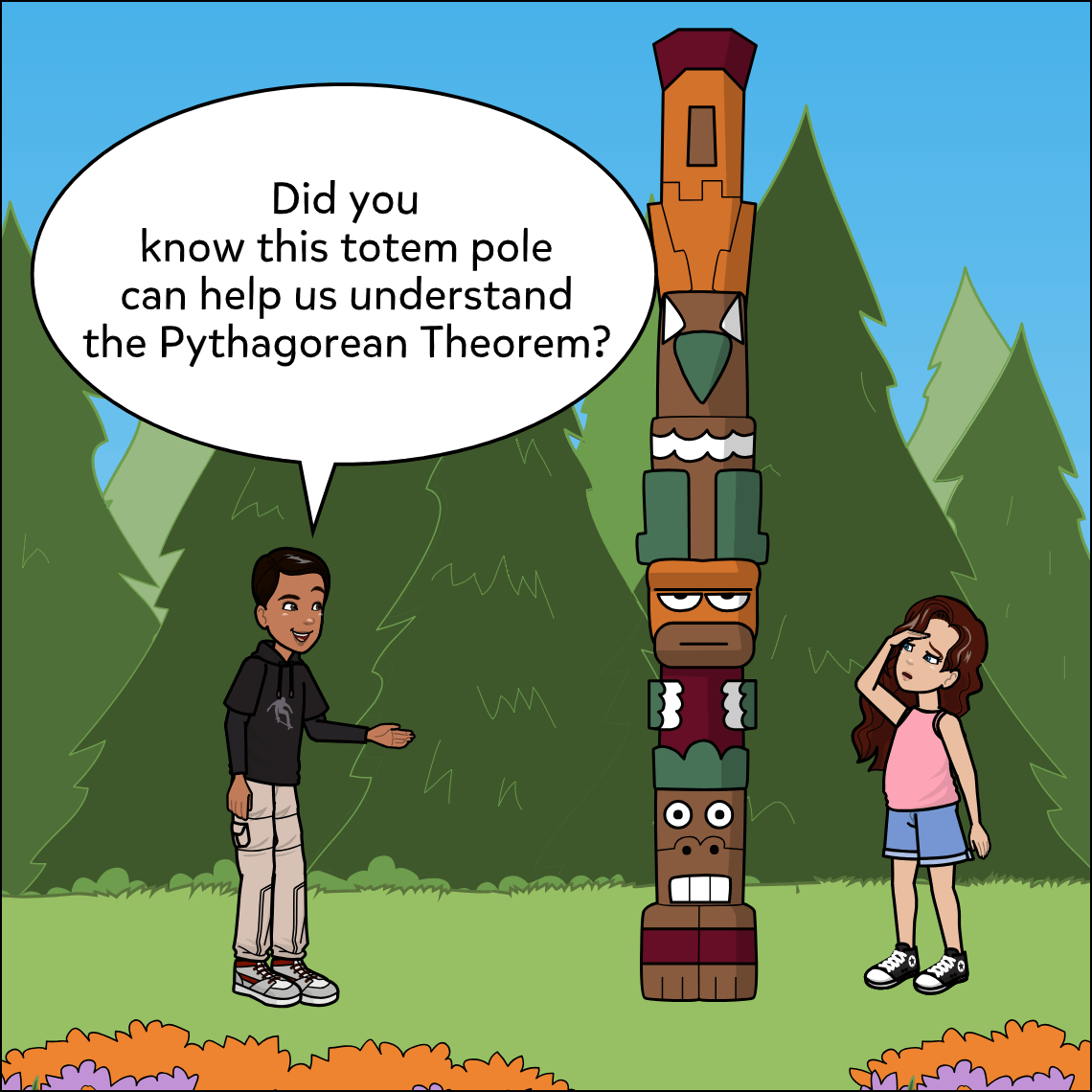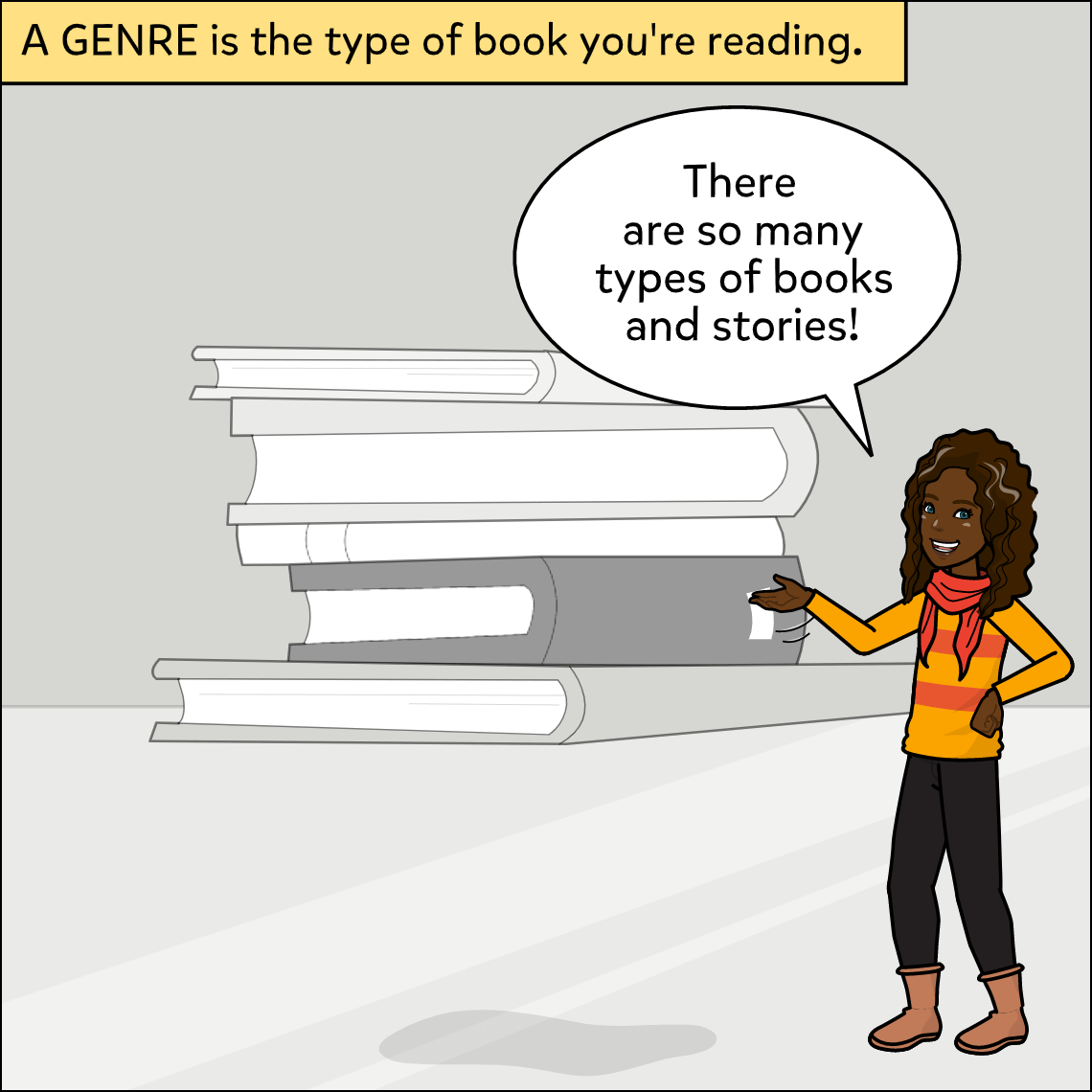Subject: Math; STEM (Science, Technology, Engineering, and Math)
Lesson Length: 45 mins - 1 hour
Topic: Math, Geometry, Triangles, Similarity, Slope
Brief Description: Students will create a comic that uses similar triangles to explain why the slope is the same between any two distinct points on a non-vertical line in the coordinate plane.
Know Before You Start: Students should be able to identify characteristics of similar triangles and understand the relationship between the slope of a line and the hypotenuse of a right triangle.
Hook:
- Ask students:
- “How do we know when two triangles are similar?”
- “What is the slope of a line and how is it like the hypotenuse of a right triangle?”
- “Why is it important to understand the relationship between similar triangles and points on a graph?”
Activity:
- Have students discuss the relationships between similar triangles and what is necessary for triangles to be similar.
- Have students discuss how points on a non-vertical or non-horizontal line form the hypotenuse of a right triangle with legs parallel to the x-axis and y-axis.
- Have students use these principles to formulate an explanation for why the slope is the same between any two points on a non-vertical line.
- Have students create a comic that illustrates this explanation.
Closure:
- Have students share their comics with the class or in small groups.
- Have students discuss why it’s important to be able to communicate mathematical ideas in visual form.
- Discuss alternate ways of explaining mathematical principles.
- Emphasize that being able to clearly communicate mathematical ideas helps build communication and critical thinking skills.
Differentiation:
- Allow students to use the speech-to-text feature.
- Allow students to work in pairs or groups as needed.
- Allow students to use the voiceover feature to read their comics aloud.
- Students may have varying degrees of detail based on their ability to visualize mathematical proofs.
- If necessary, provide graph paper, grides, or printouts of similar triangles to provide hands-on examples before creating the comic.
Resources:
Suggested Content:
 Castle
Castle
 Amusement Park
Amusement Park


